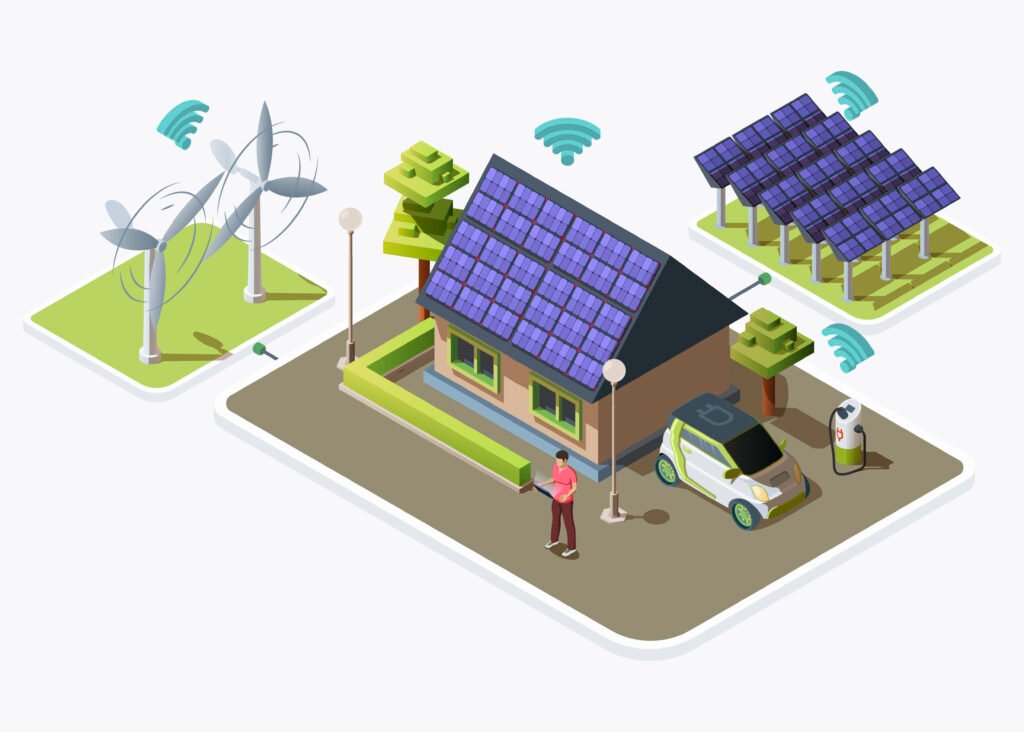At the end of July, the U.S. Administration announced a Presidential proclamation invoking Section 232 of the Trade Expansion Act to implement 30% tariffs on copper semi-finished copper products such as tubes, wiring, cables, rods, sheets and foils etc. The tariffs take effect today. You can read the detail here: Adjusting Imports of Copper into the United States – The White House https://share.google/wRKvX38KdVNauDNDN
By imposing the tariff, the Administration seeks to boost domestic copper processing and fabrication, supporting MAGA. Indeed, with ‘raw’ imports and recycled material off the radar for now, the issue of permitting for mining persists. The Commerce Secretary concluded that reliance on overseas copper undermines U.S. national and economic security, particularly given its critical (in sectors such as defence, semiconductors, EVs and infrastructure) role. The tariffs currently exempt mining and scrap/recycling level copper materials, such as ores, concentrates, cathodes, anodes, bare brights, no.1, no.2 etc.
What might happen next?
In the short term, U.S.-based organisations producing shapes such as power cables, wires, tubes etc. might gain a competitive edge. This is due to reduced competition from overseas, however, it is also dependent on issues such as reaching the hitech levels of production required to replace imports, value chain flexibility and response, and investment risk analysis.
There might be new investment or plant expansion in downstream copper industries, particularly in U.S. states with a strong industrial focus. Of course, reciprocal tariffs are on the radar, and likely supply chain shifts will occur short to medium term.



